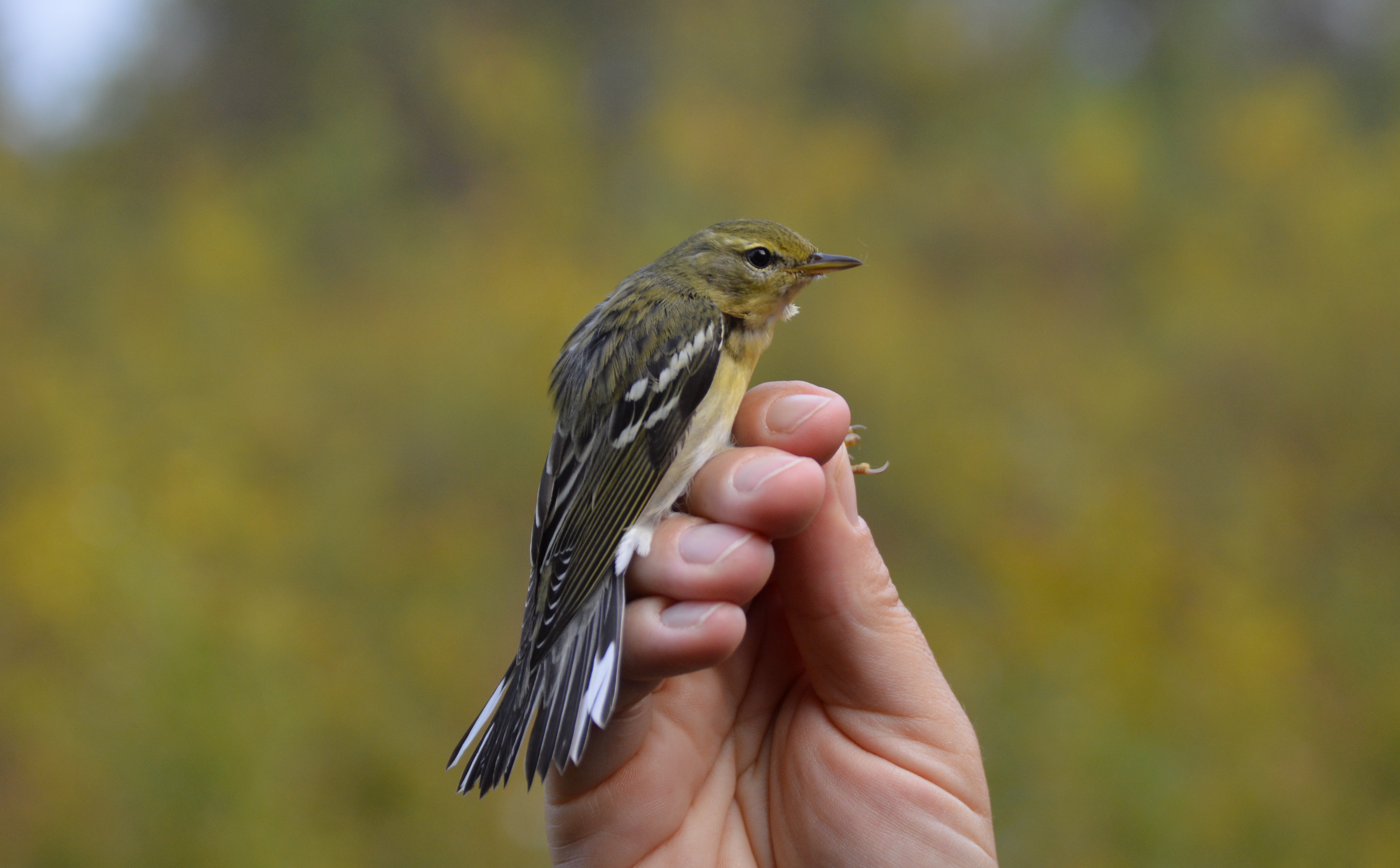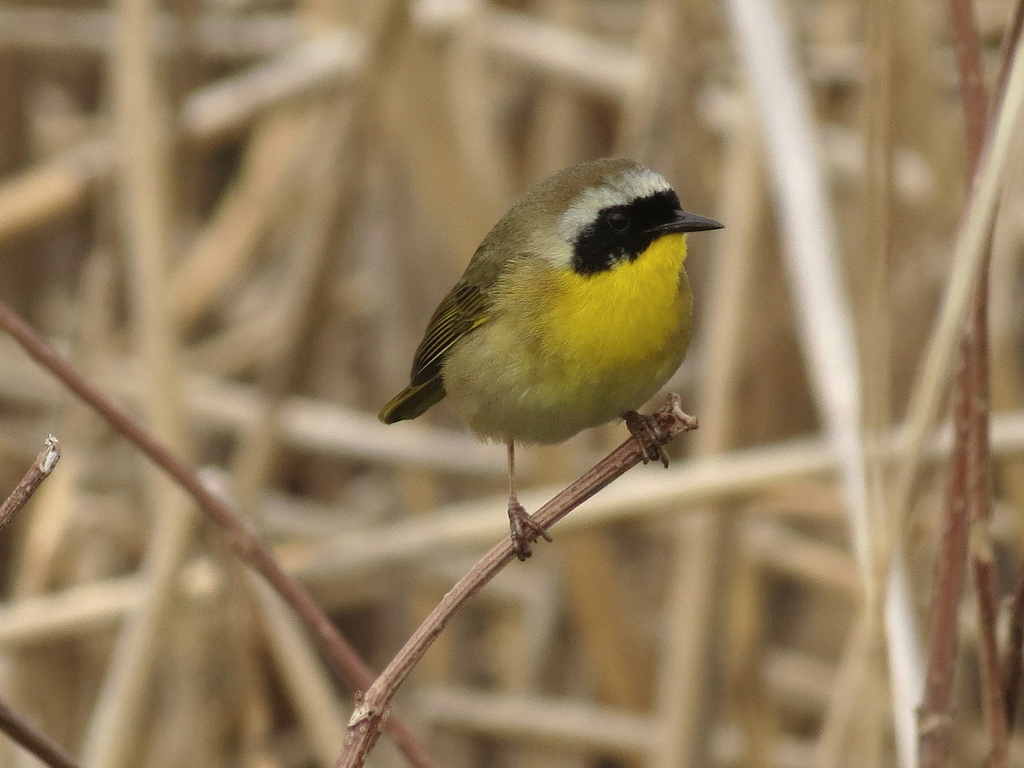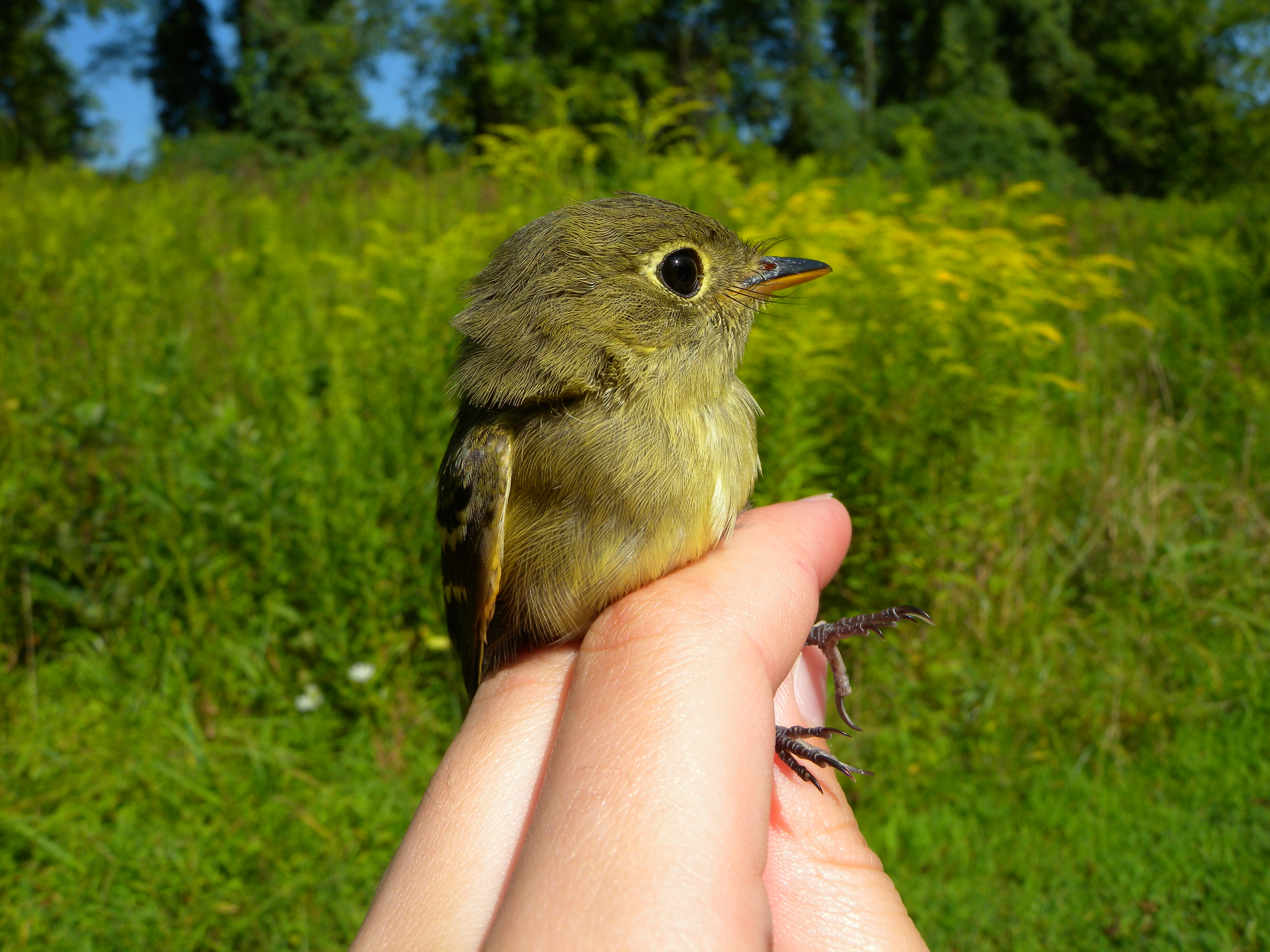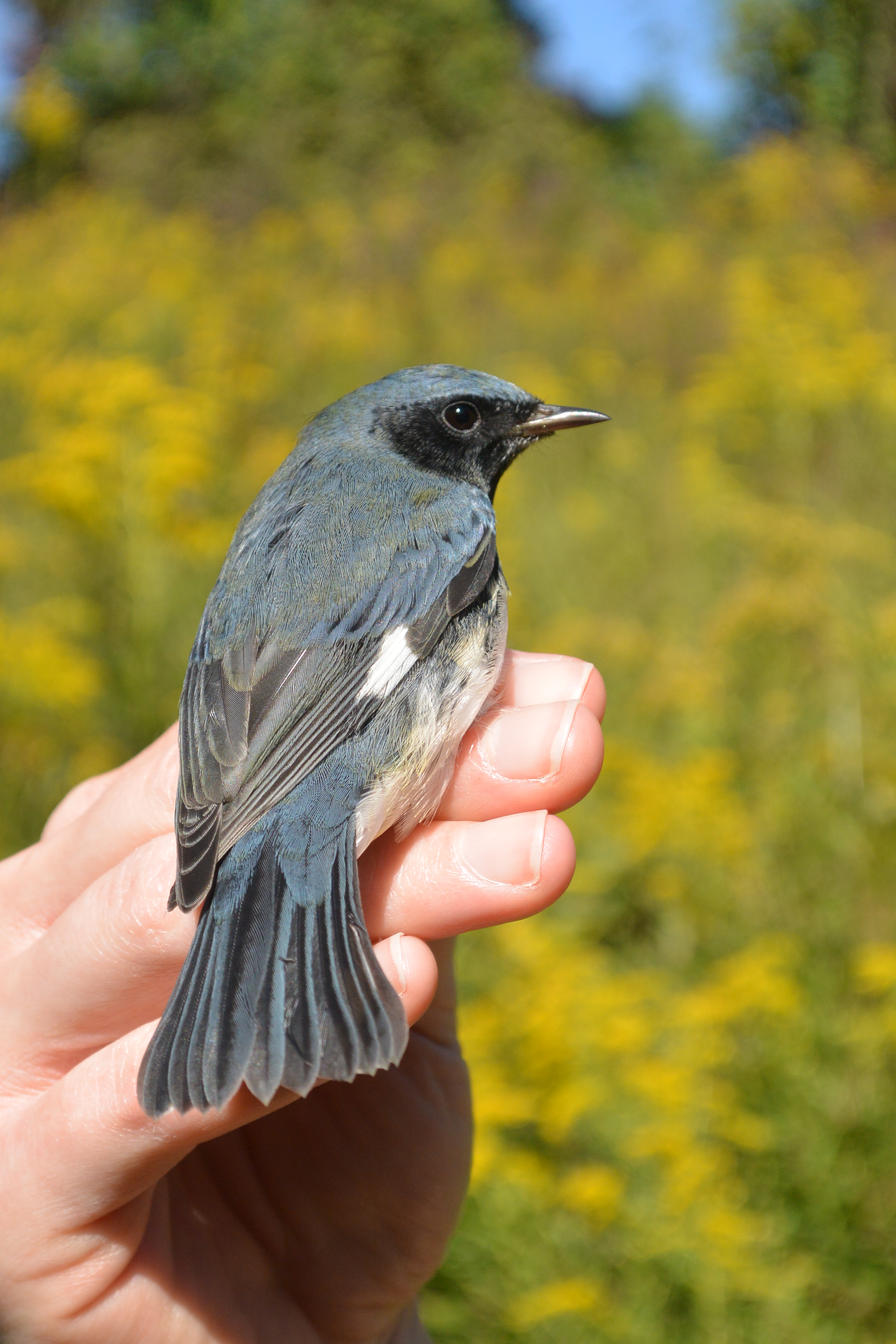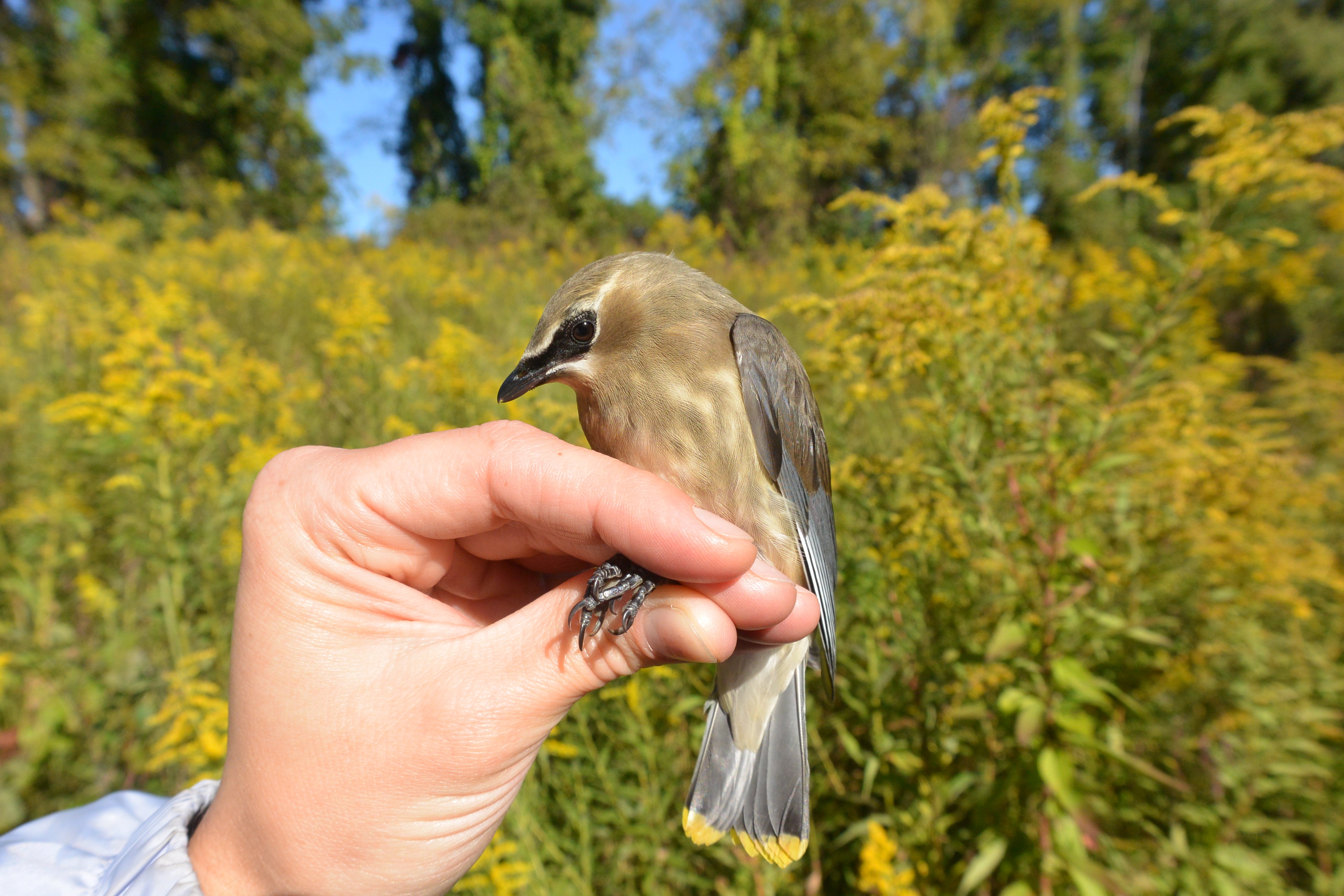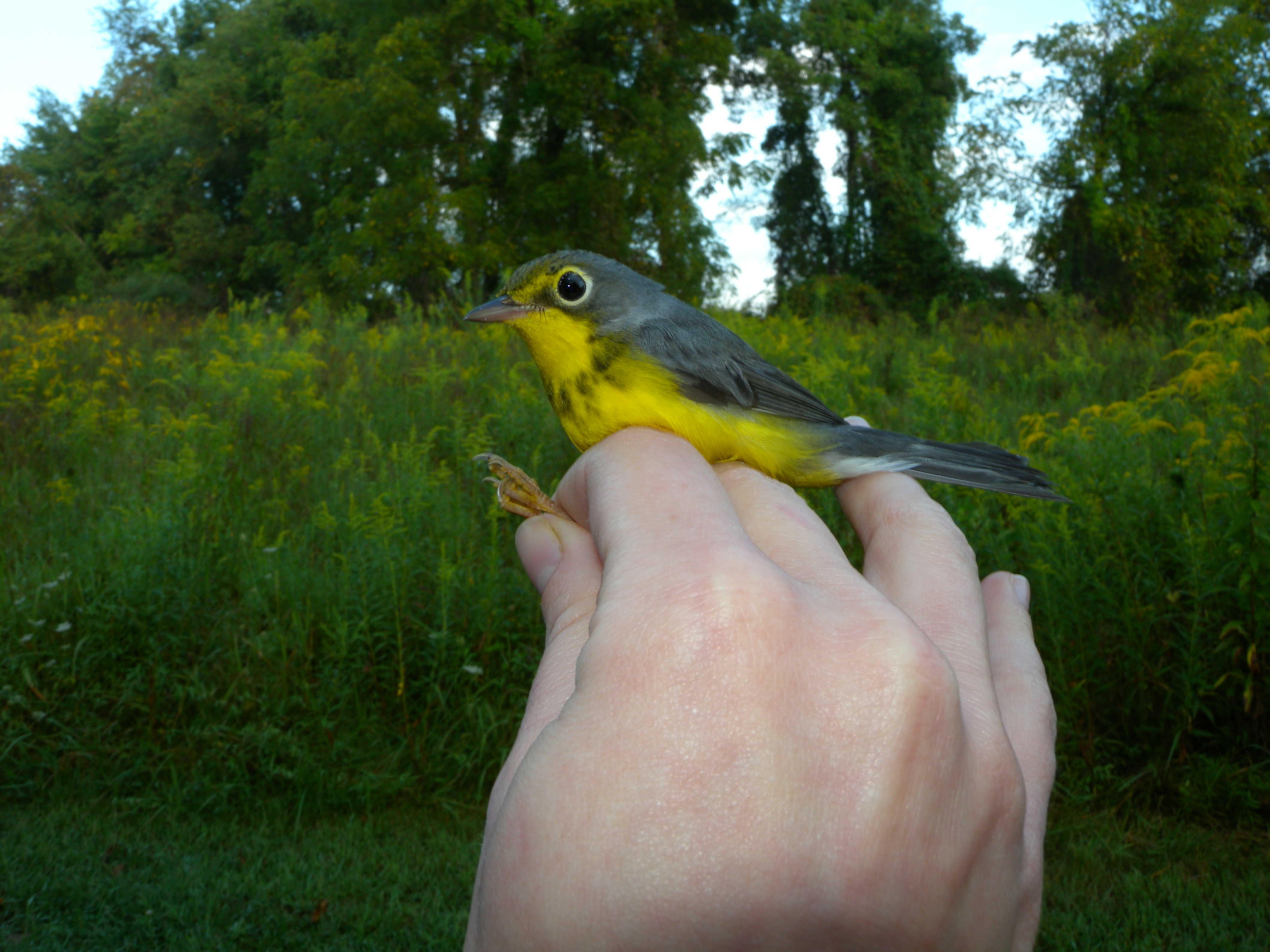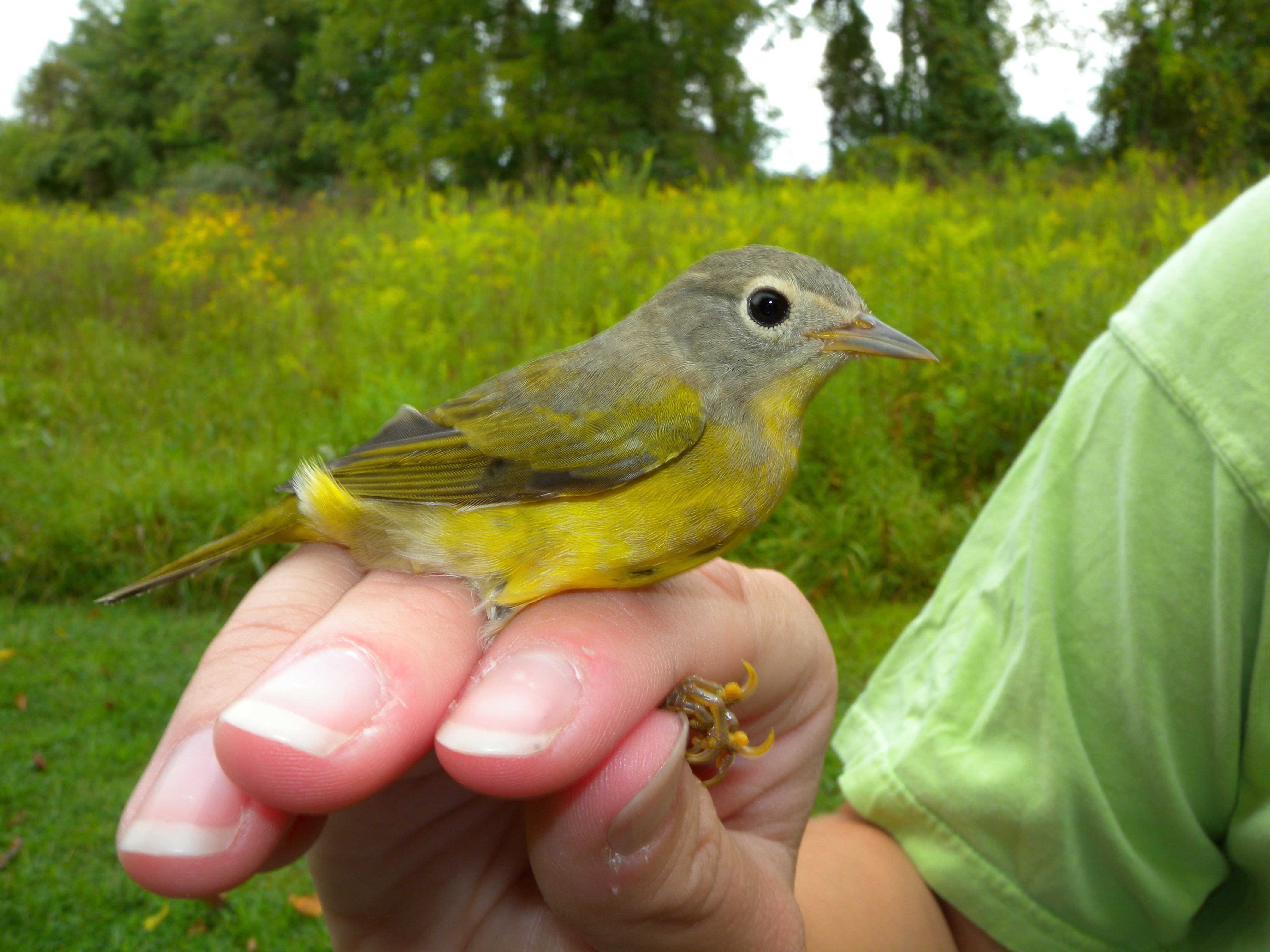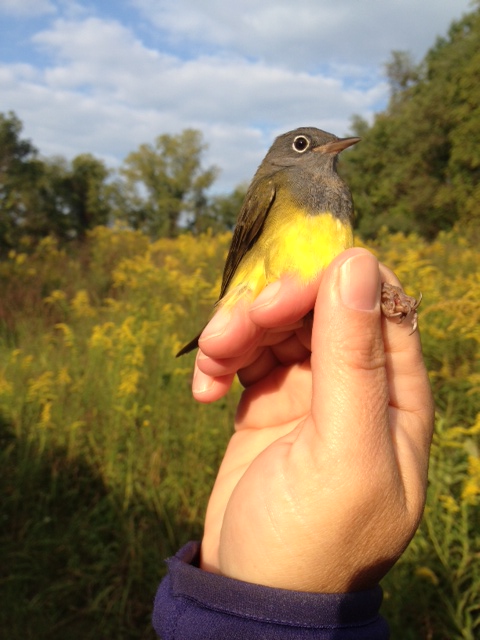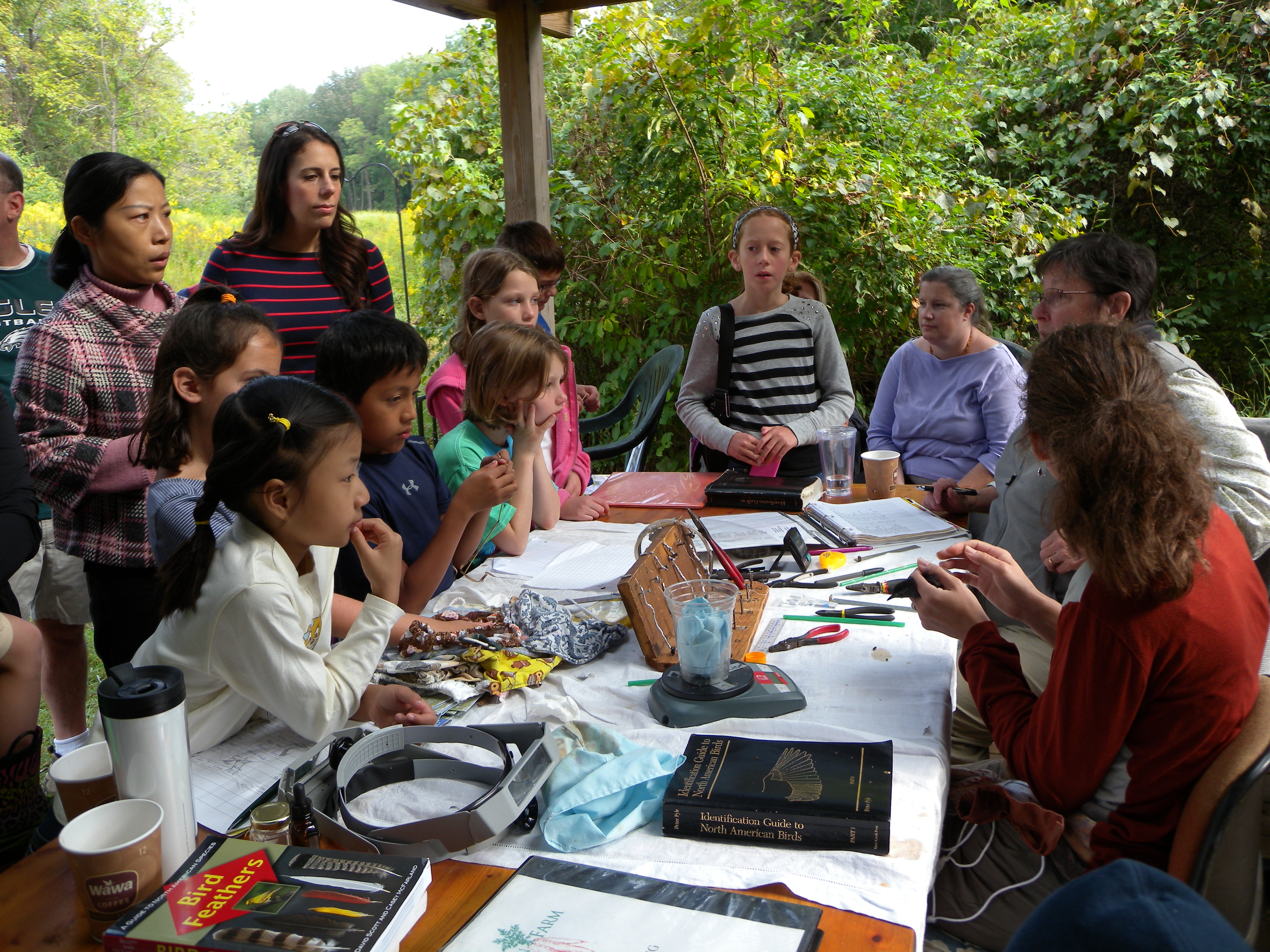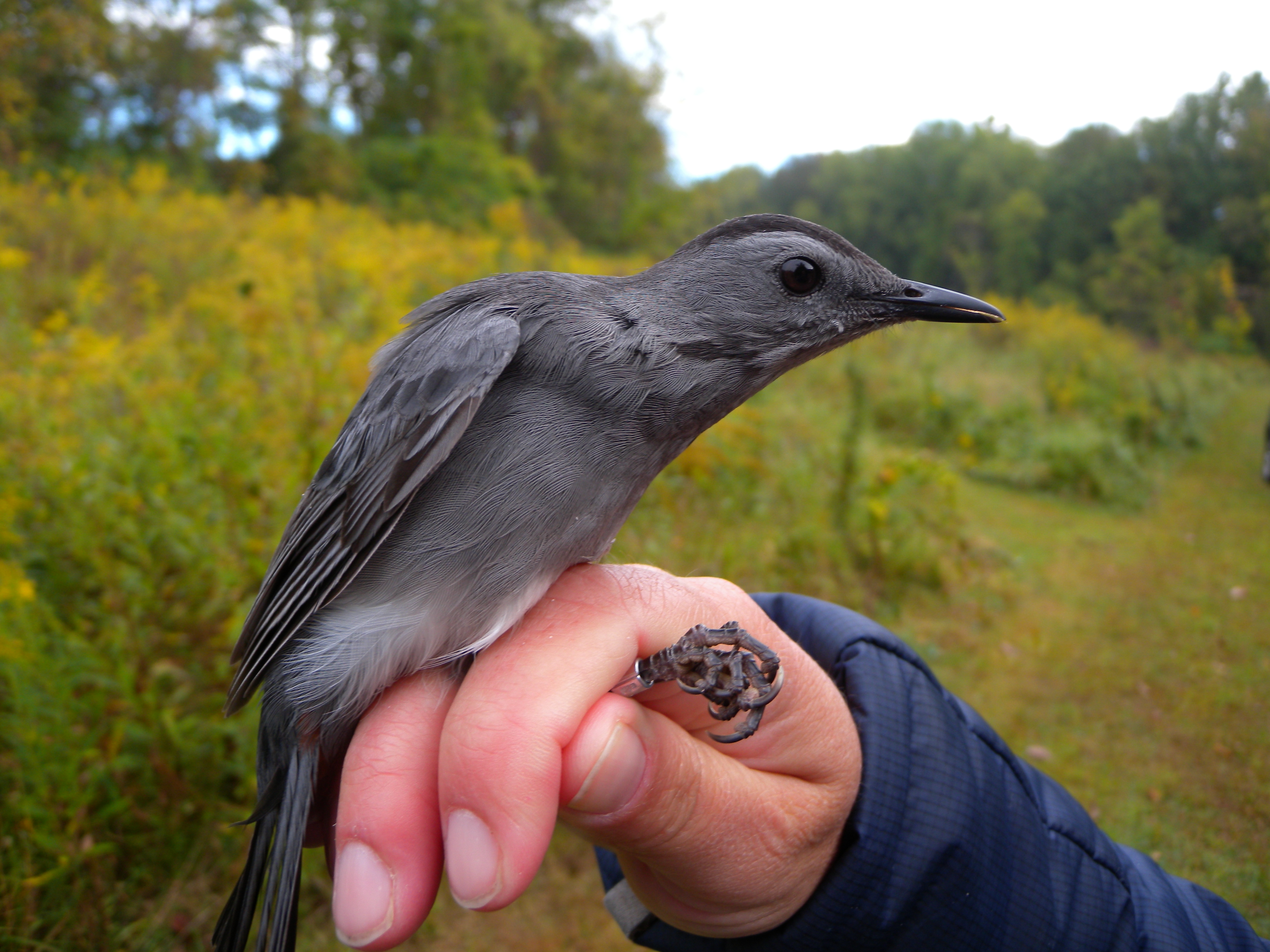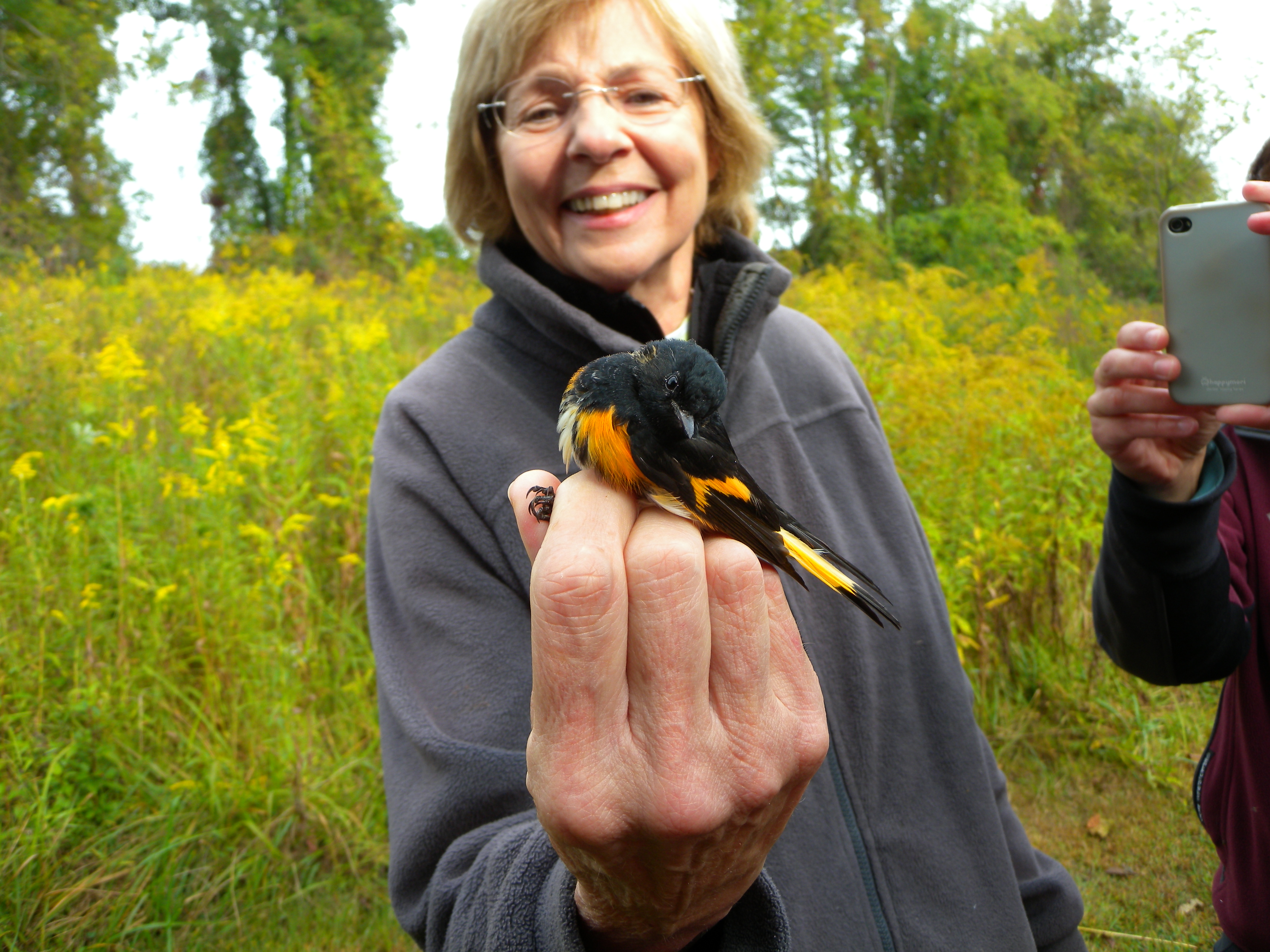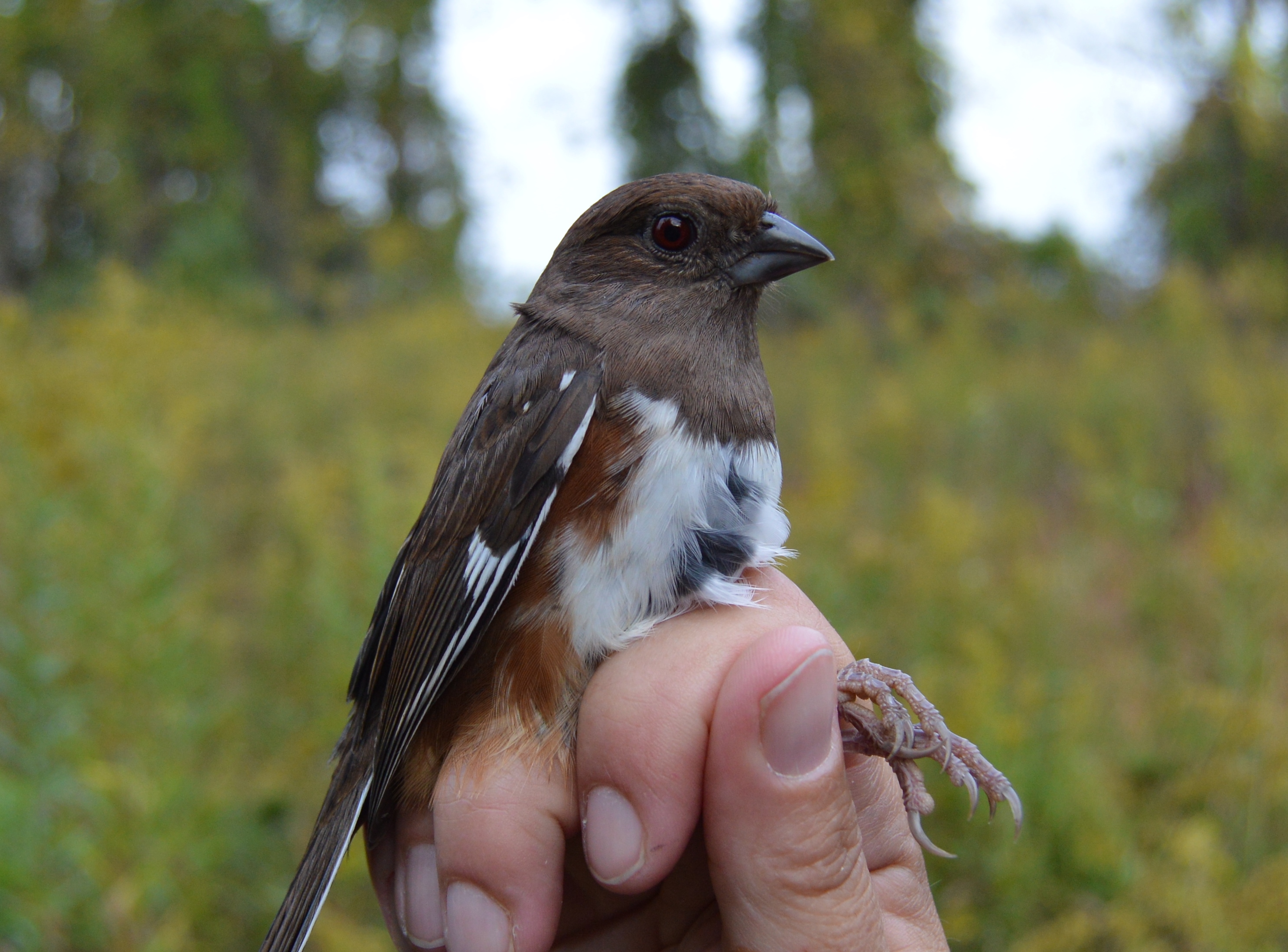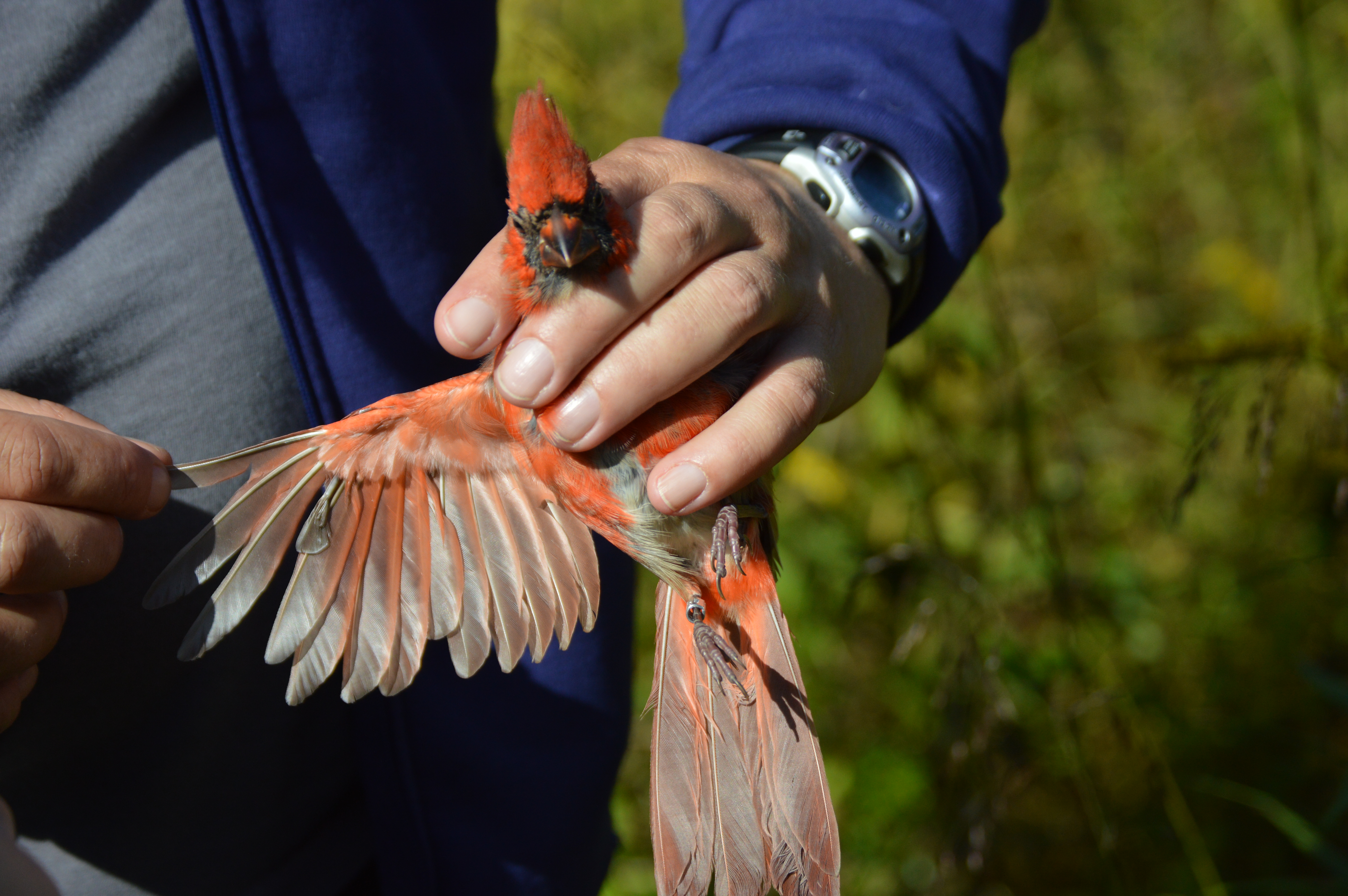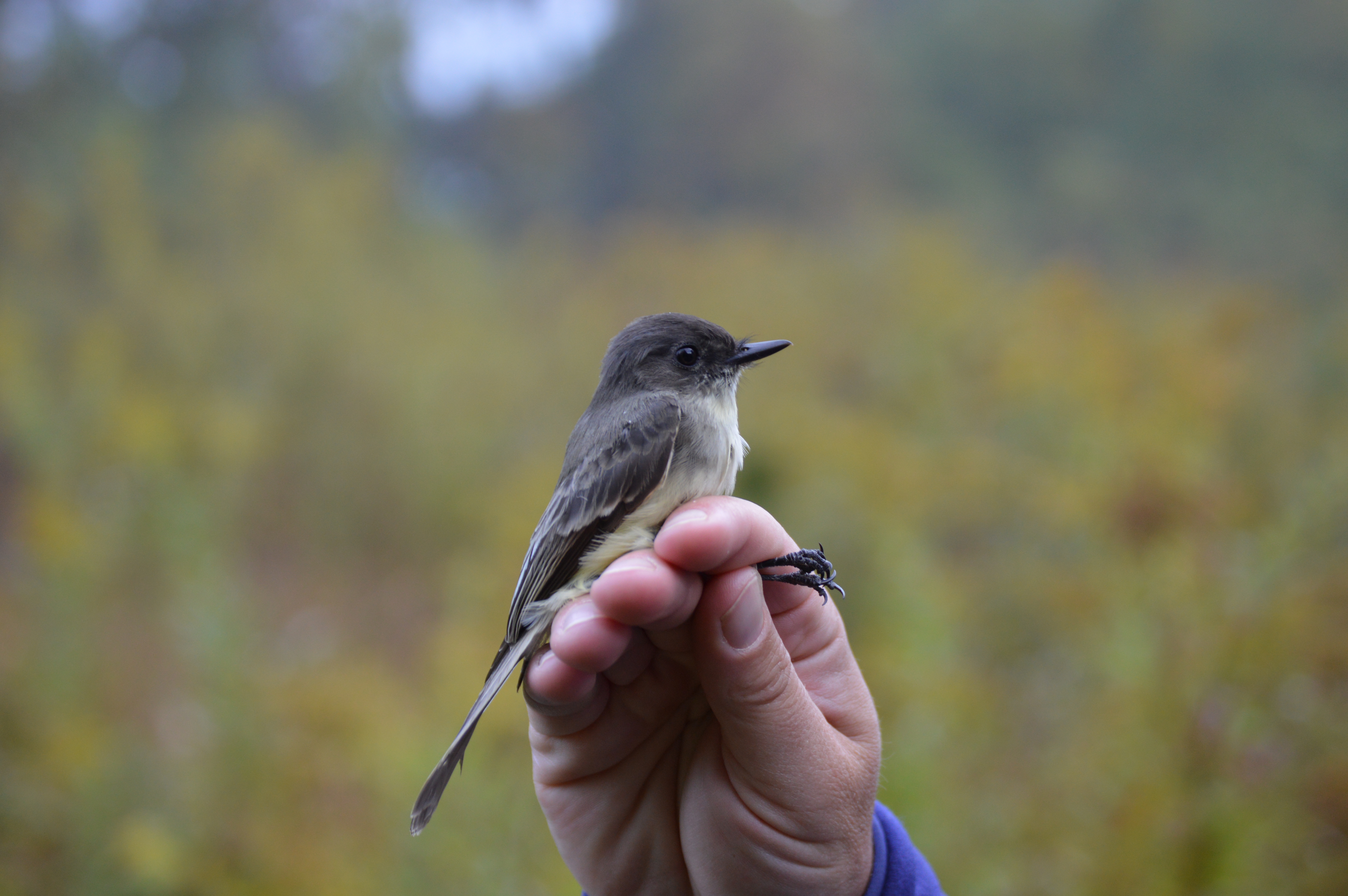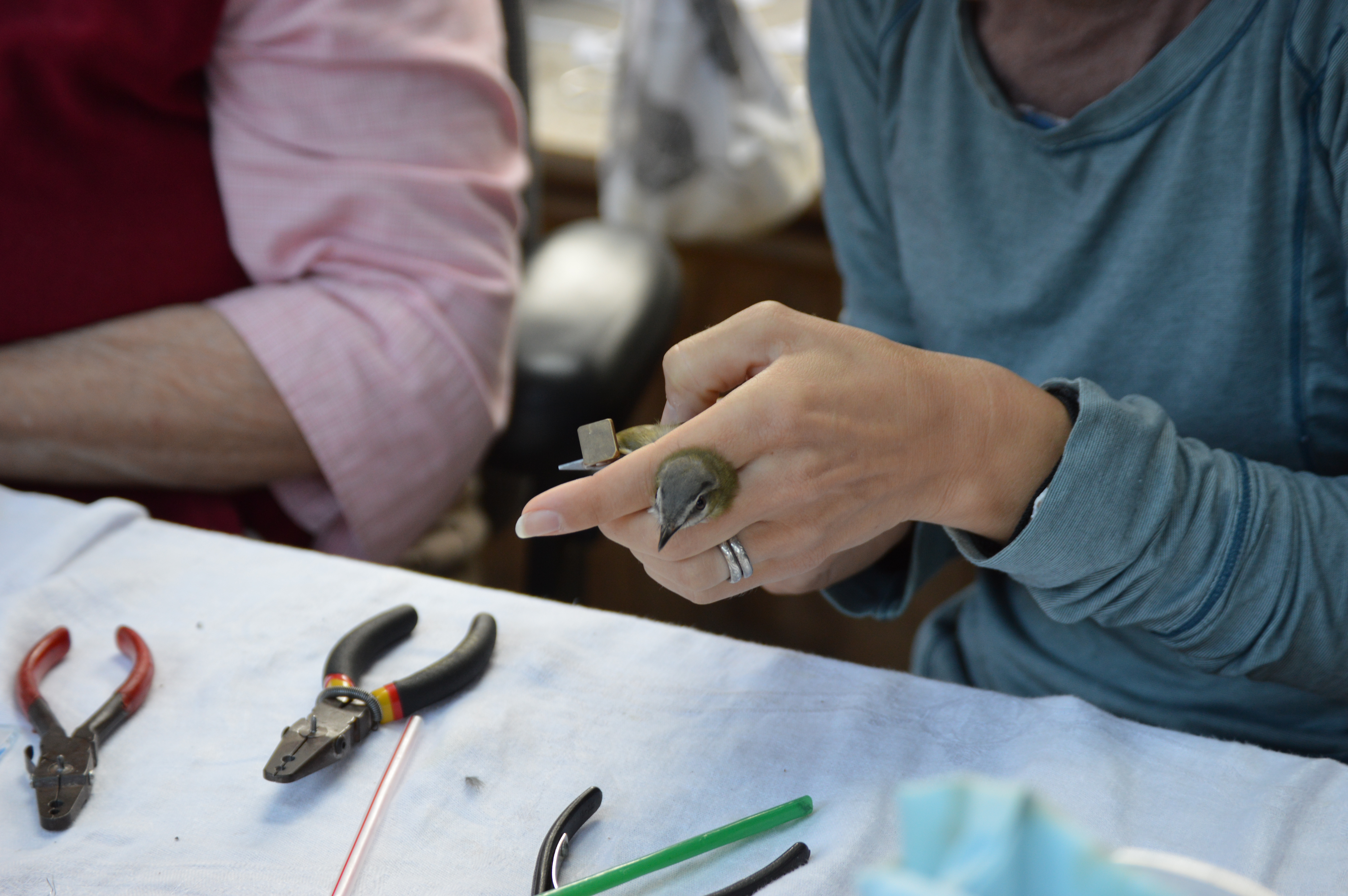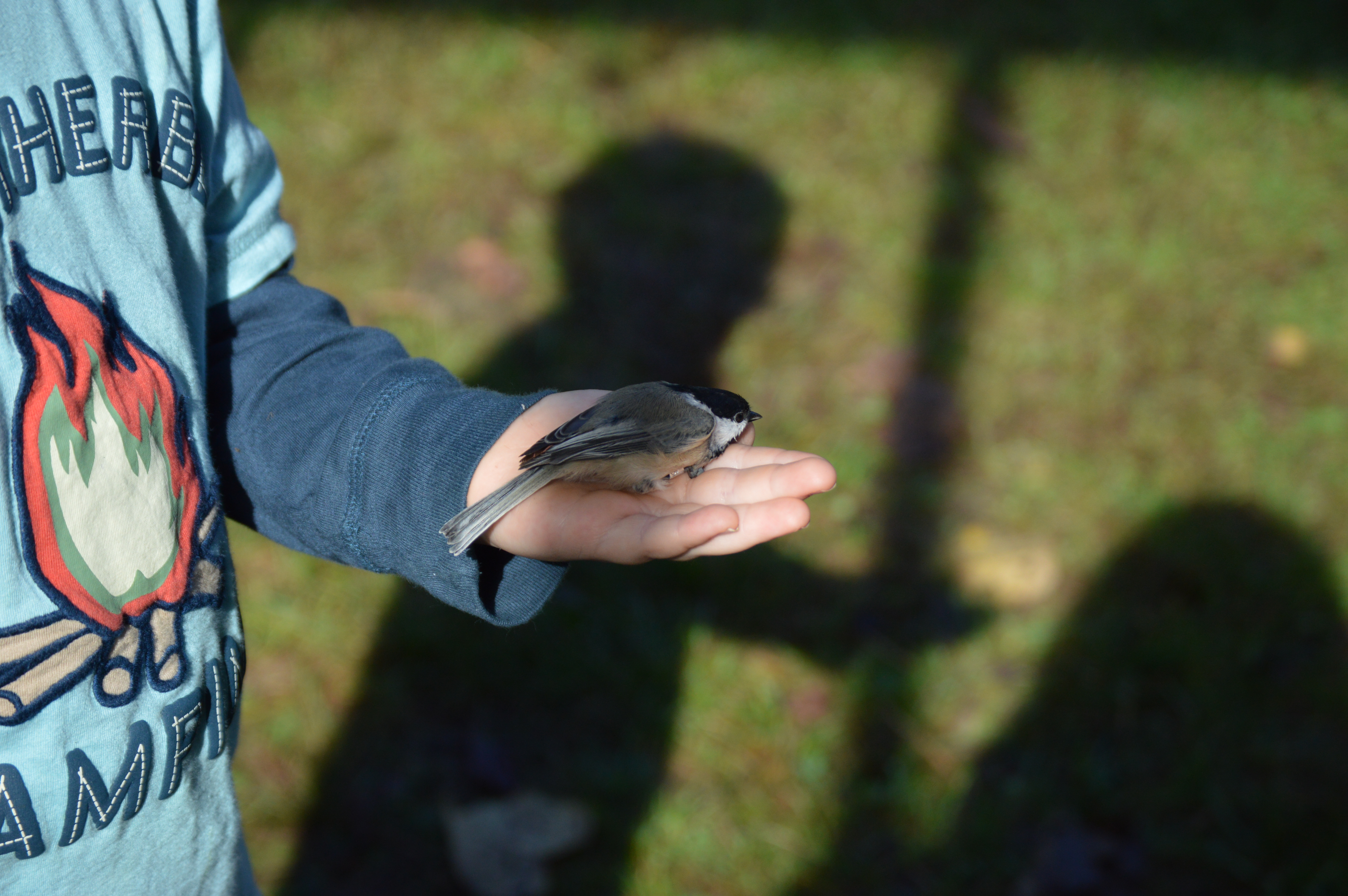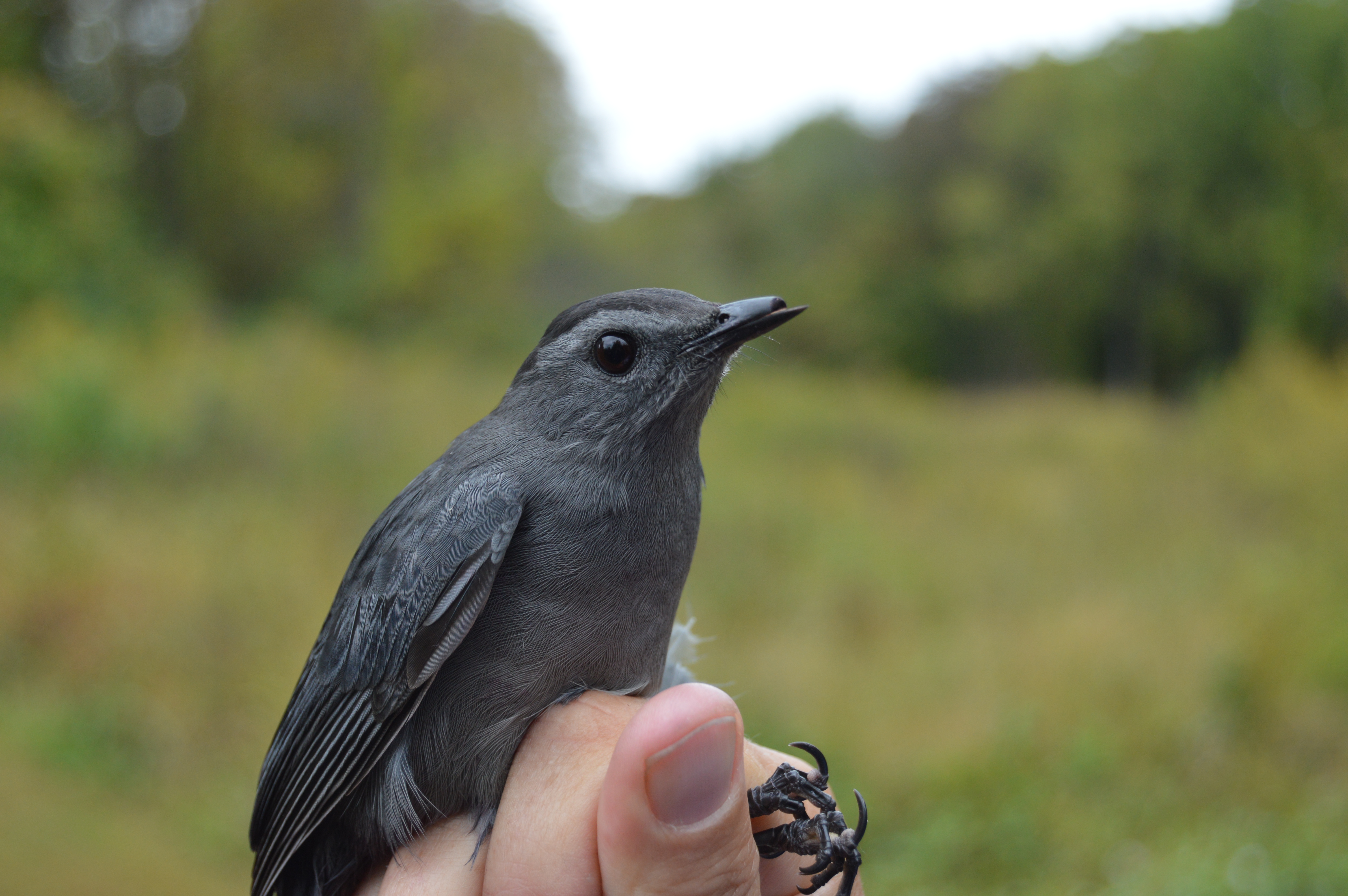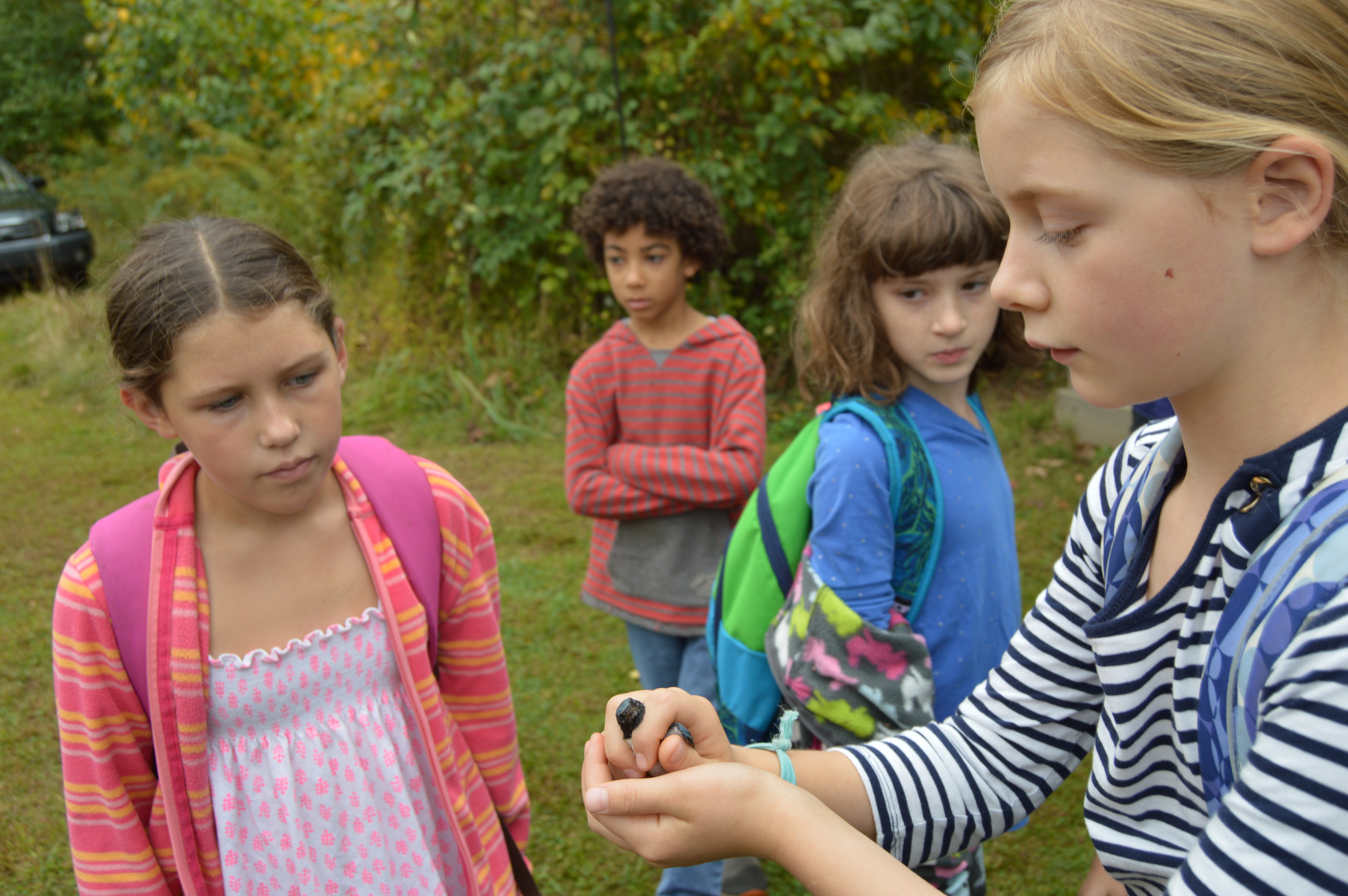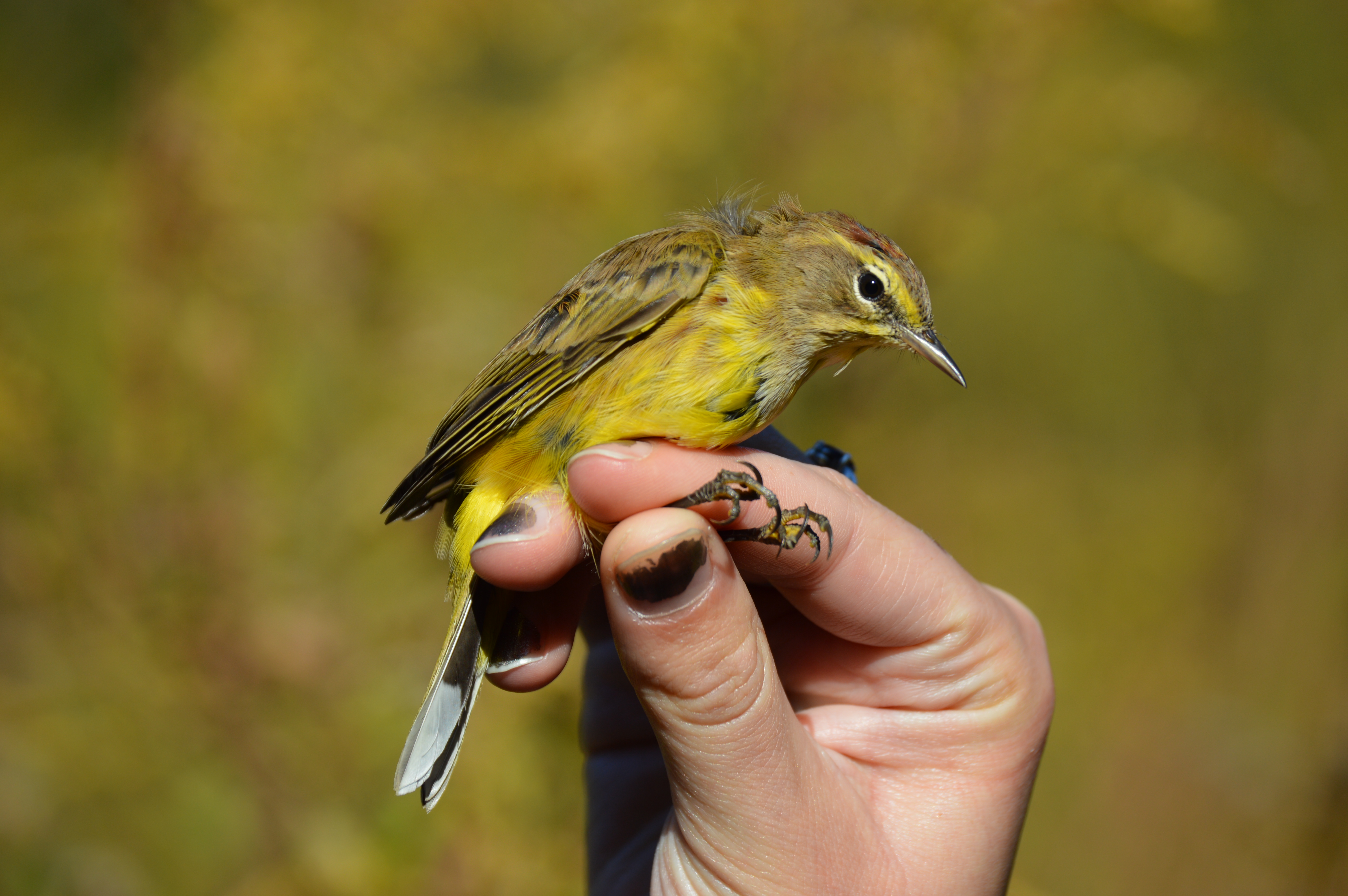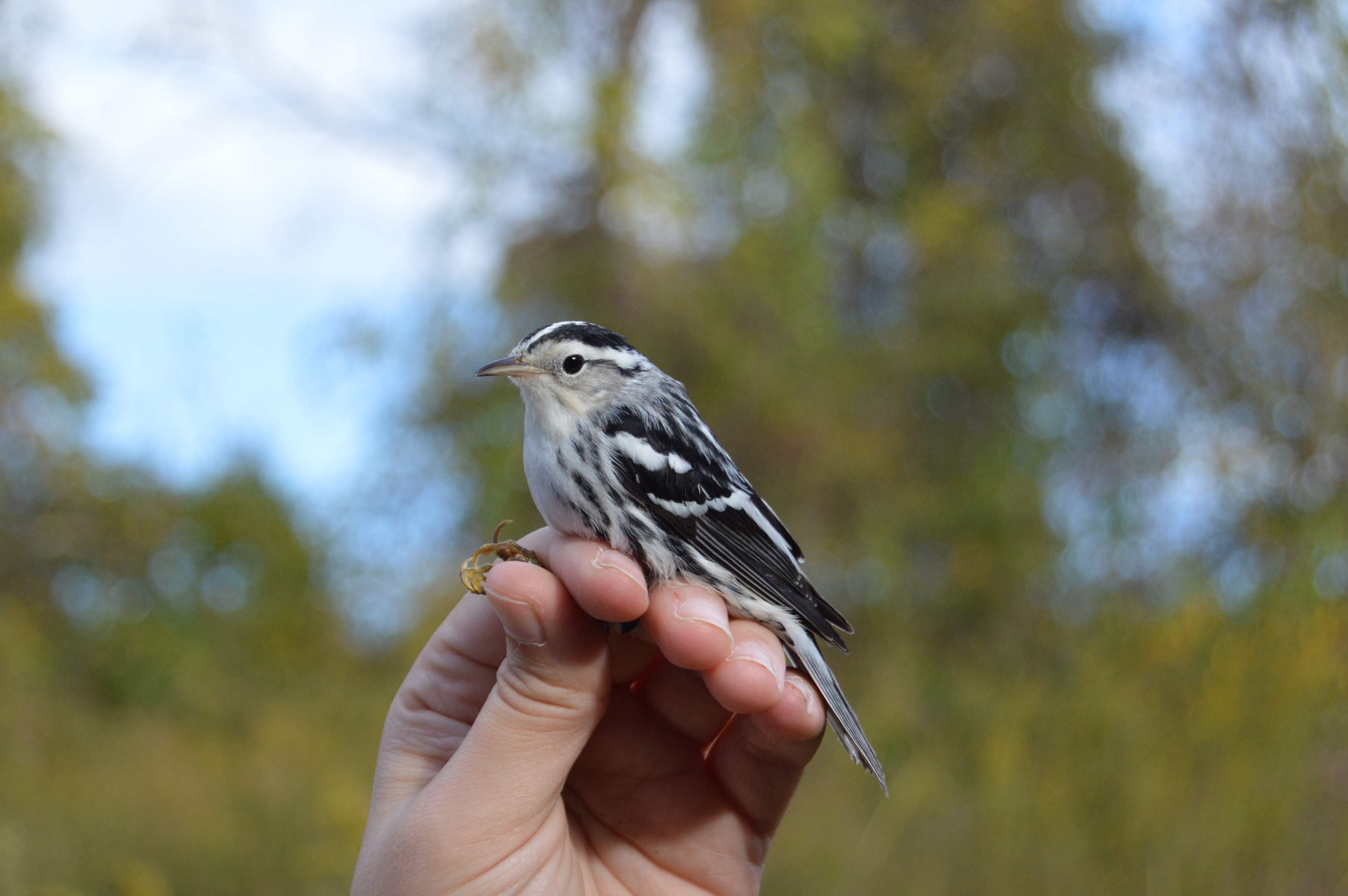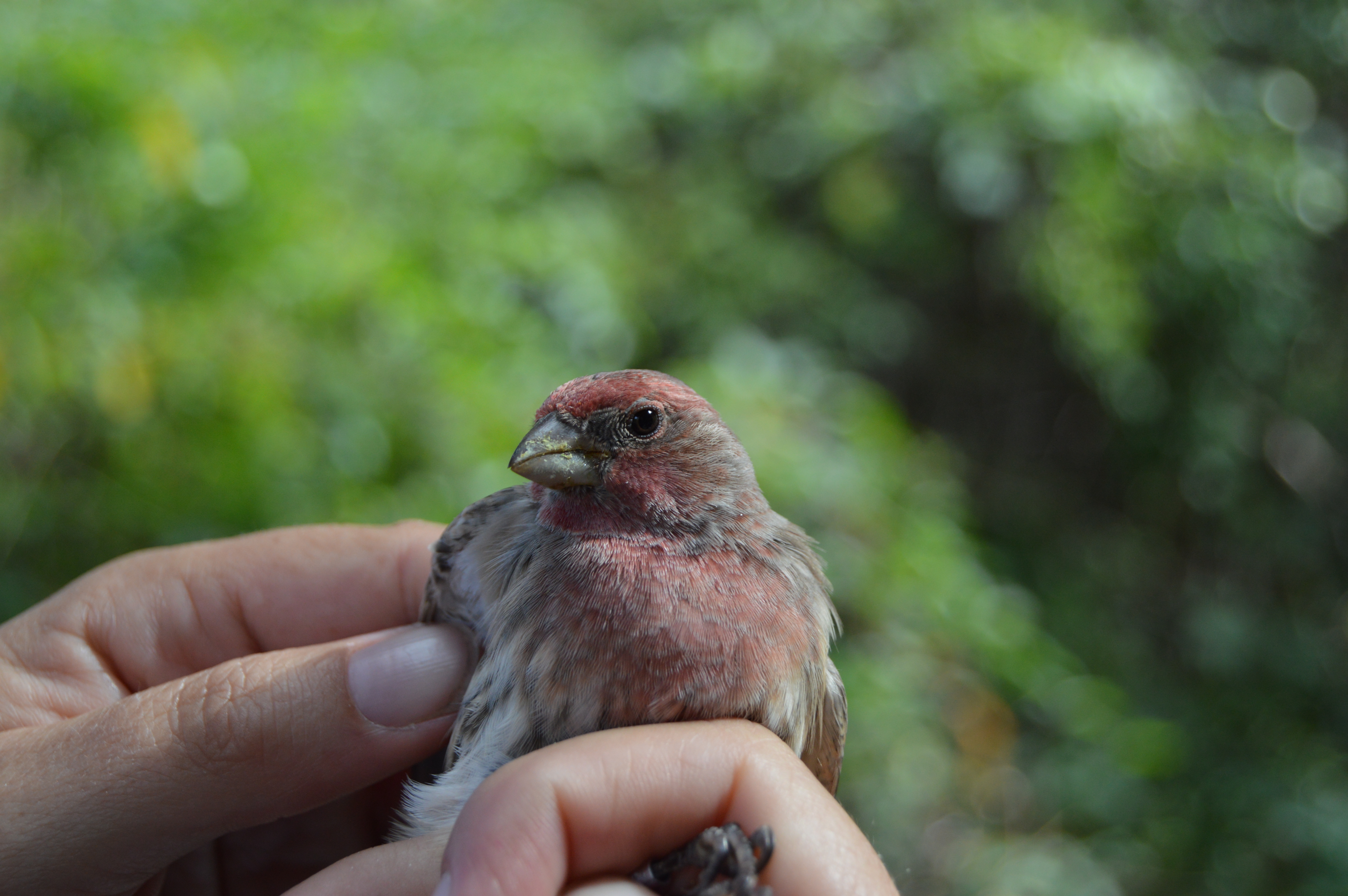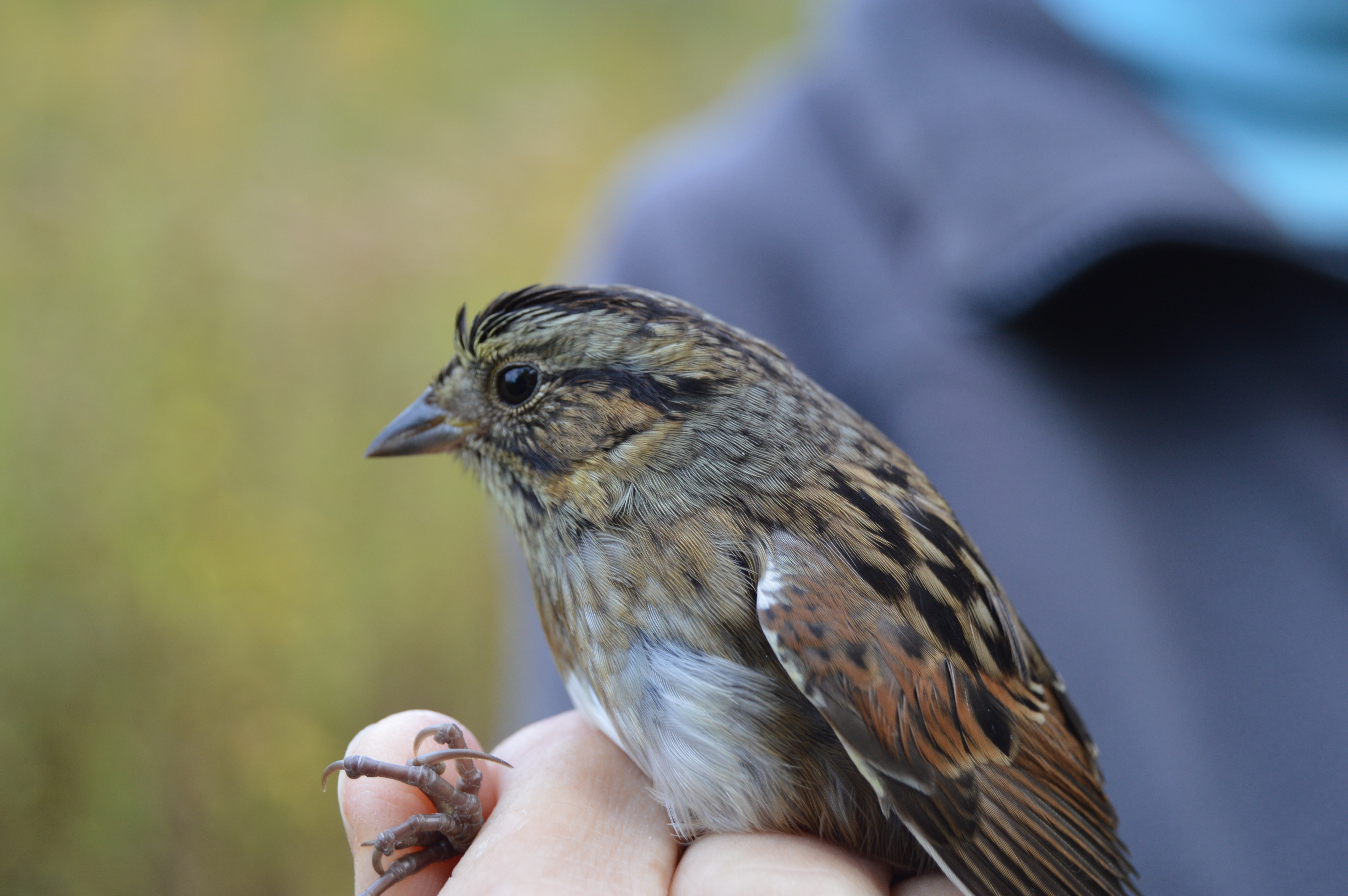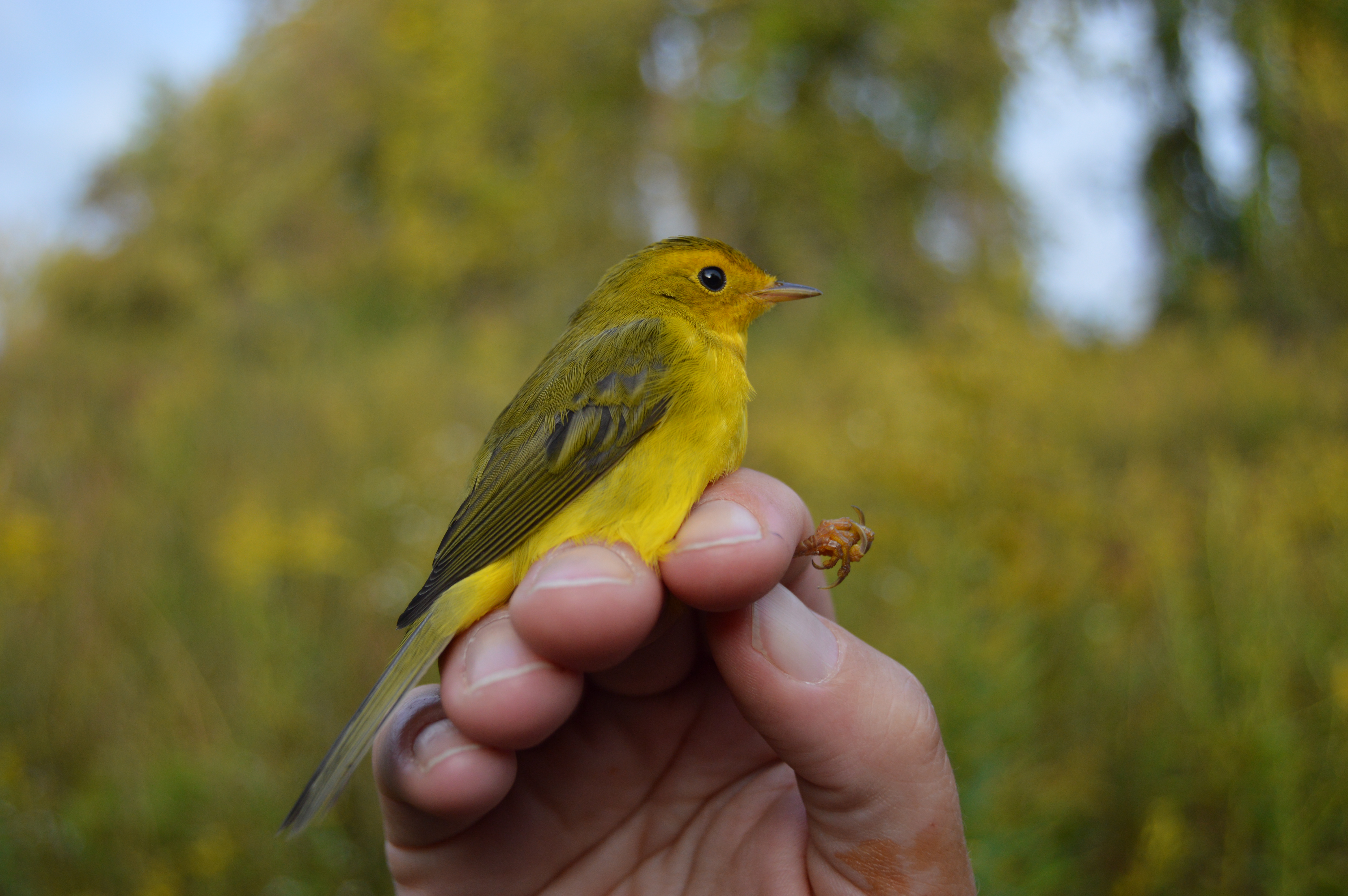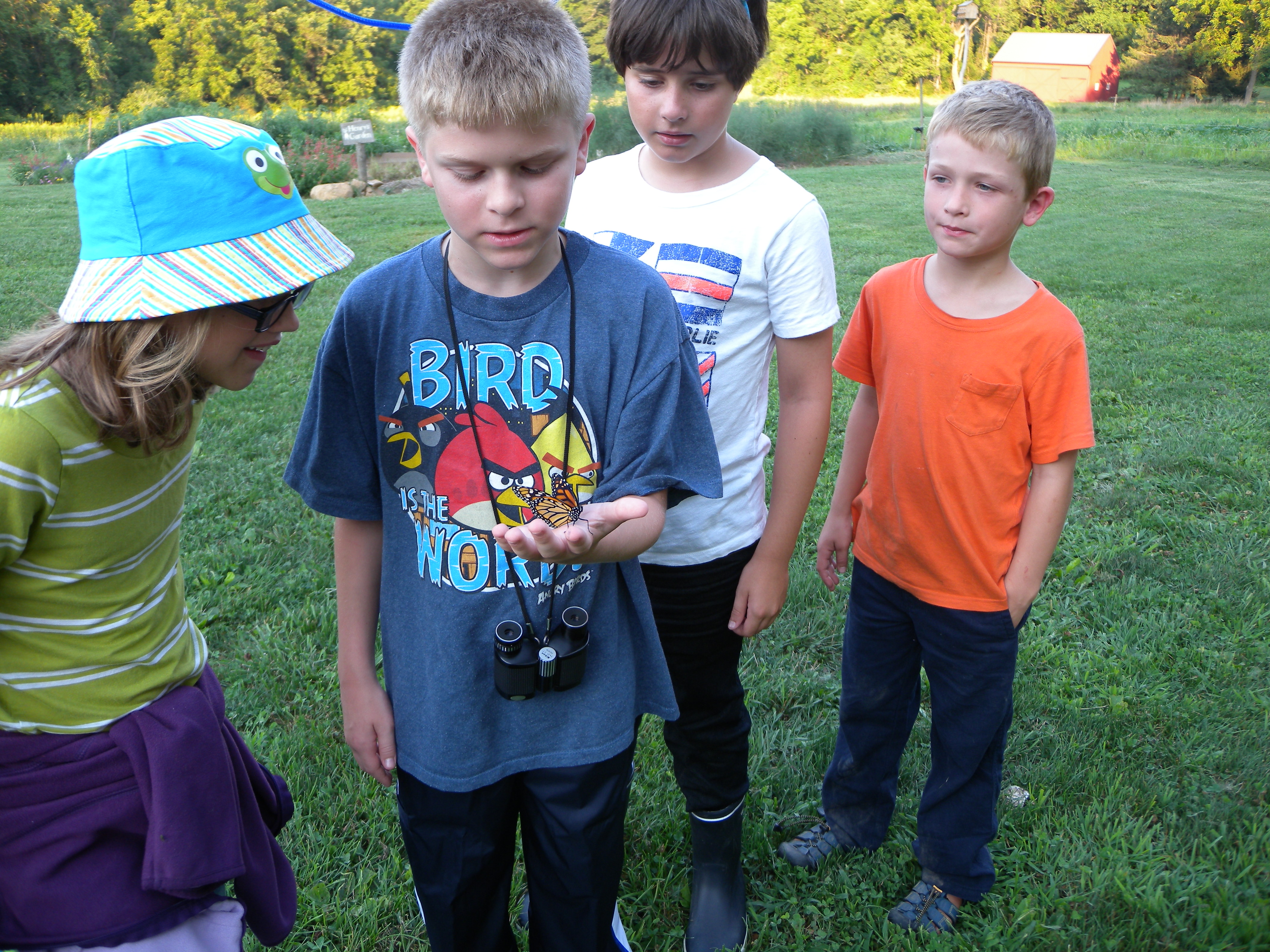
WAIT! If you’re a subscriber reading this in email format, please click on the title of the post right above in order to view the blog in the form it was meant to have on the actual blog website.
Ode to a Bander’s Autumnal World by Blake Goll
As the ardent air of autumn eclipses the weary haze of summer’s last breath,
The wind whispers to the wild wings that it is time.
Oh how the northern trees must weep as they somberly settle into winter solitude
And yearn for the intimate avian romance that enchants their days of green.
By most of mankind, the birds’ desperate southern voyage goes unseen.
But to the fortunate few, like you and me, this is the splendor we have feverishly awaited!
As if a million precious gems of a giant royal chest were catapulted south,
We scramble frantically to touch as many as we can before they continue spilling past,
Each jewel in hand more exquisite and exciting than the last.
Like secretive spiders faithfully tending their dewy webs by dawn’s dim light,
We raise our mist nets in hopes of gently snaring a few denizens of the sky;
A small silver ring upon the ankle, a reverent study of intricate feathers, then the rapturous release that leaves us breathless in awe,
Each lovely feathered captive feeds our hunger to understand
The storied lives of the heavenly birds with whom we share the land.

Fall songbird banding is well underway, and the season is off to a spectacular start. We’ve had a couple 80-bird days, largely composed of gregarious Gray Catbirds with a smattering of thrushes, sparrows and wood warblers mixed into the palette. Some of our handsome migrants are pictured below:








The highlight so far this fall was our first foreign banded songbird (or passerine) in 6 years: an adult female American Redstart! According to banding records from the Bird Banding Lab, she was originally banded in South Carolina last year on August 24th as a young bird hatched that year. That August, this redstart may have been getting a headstart on her first epic voyage to her wintering grounds in Central or South America. Alternatively, she could have hatched in South Carolina. Either way, she must have spent her first breeding season this year in Pennsylvania or points north. If she does indeed hail from South Carolina, she must have decided she didn’t want to be a southerner this year! As a neo-tropical migrant not bound to the earth, she has the liberty of these kinds of choices.


Even though information-rich foreign recaptures like these are rare, bird banding is important for understanding bird populations and how they change from year to year. Click here to learn more about the importance of our bird banding efforts in our spread in County Lines Magazine: “Meet The Birds of Rushton; Live the Banded Life”.
Bring a friend or the family and stop by the bird banding station at Rushton Farm tomorrow, September 19, anytime between the operating hours of 6 am and 11am to observe the fascinating science of bird banding and see gorgeous migrant birds up close. These lovely creatures depend on ecologically healthy places like Rushton to fuel up and rest on their arduous journeys south.
We’re also open to the public every Tuesday and Thursday until the first week of November. Nets are open from 6am-11am when it’s not raining. Early bird gets the worm.
There’s a lot going on in the woods,
Blake


